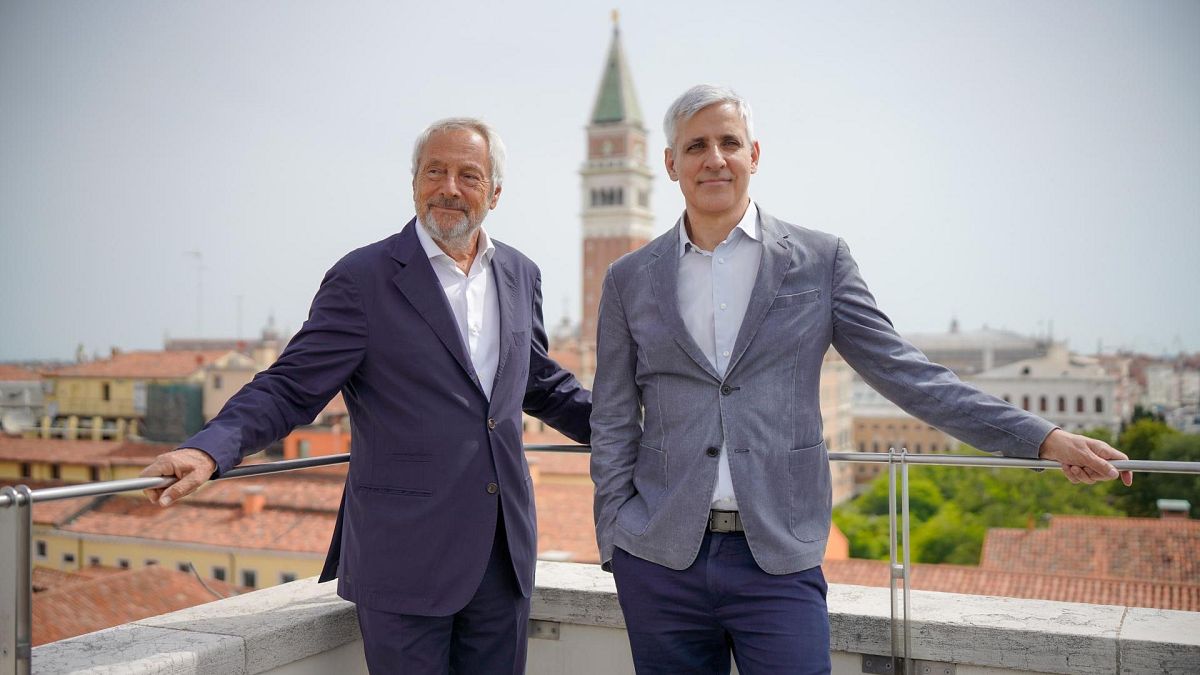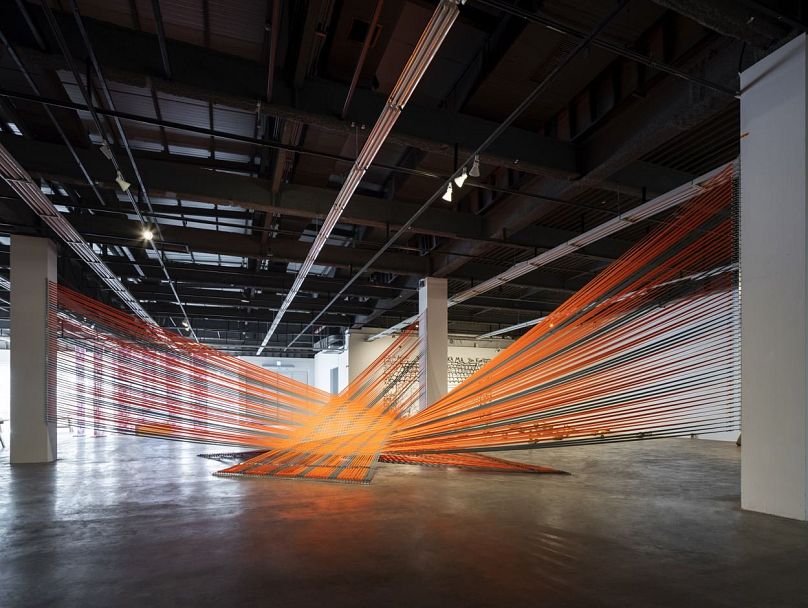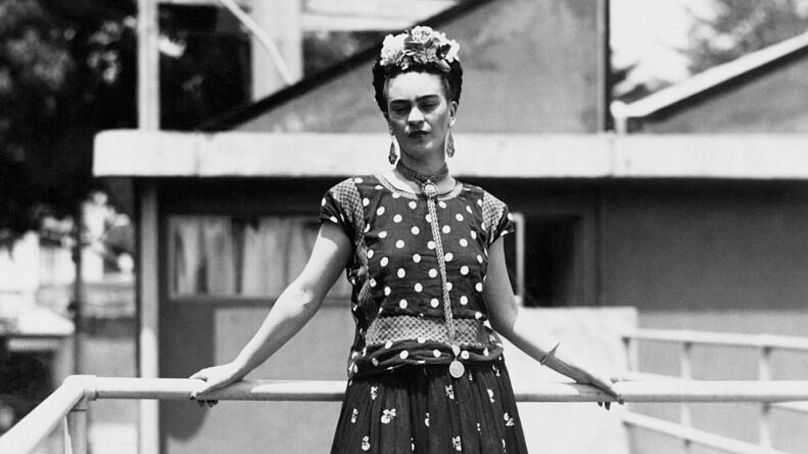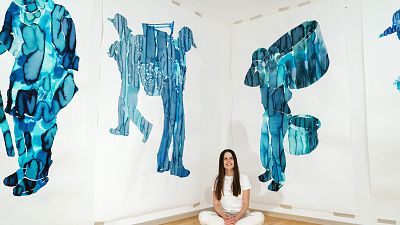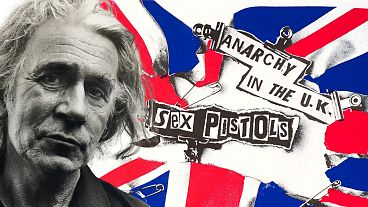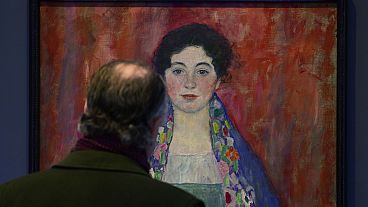This year's Venice Biennale is divided into two sections: Nucleo Contemporaneo, spotlighting contemporary foreign and indigenous artists, and Nucleo Storico, exploring global modernism.
The Venice Biennale has announced a stacked roster of 331 artists for this year’s main exhibition, which is titled “Stranieri Ovunque - Foreigners Everywhere.”
Curated by Adriano Pedrosa, the director of São Paulo’s Museu de Arte, the central theme, "Stranieri Ovunque," originates from a series of works by the Palermo-based collective Claire Fontaine.
"The expression "Stranieri Ovunque" has several meanings. First of all, that wherever you go and wherever you are you will always encounter foreigners— they/we are everywhere. Secondly, that no matter where you find yourself, you are always truly, and deep down inside, a foreigner," explains Pedorasa.
Running from 20 April through to 24 November 2024, Pedrosa’s edition will be divided into two parts, Nucleo Contemporaneo and Nucleo Storico, for contemporary and historical work, respectively.
This year's edition has taken steps to spotlight underrepresented voices, with a particular emphasis on celebrating Indigenous artists and the LGBTQ+ community.
Here's our guide to what's in store and the artists you likely won't want to miss:
"Nucleo Contemporaneo" - Embracing diversity
The Nucleo Contemporaneo (contemporary nuclei) section of the Biennale Arte 2024 is dedicated to contemporary artists who are foreigners, immigrants, expatriates, diasporic, émigrés, exiled, or refugees.
A considerable representation of Indigenous artists will be highlighted here, including Kay WalkingStick, a landscape artist of Native American descent, the Brazilian collective MAHKU, and the Māori female quartet Mataaho Collective.
According to Pedrosa, the curator, "Indigenous artists have an emblematic presence in the International Exhibition," with notable showcases like a monumental mural by the MAHKU collective on the Central Pavilion's façade and a large-scale installation by the Mata Aho collective.
This section will also feature work from several Queer artists, both contemporary and historical, including Berlin-Hong Kong artist Isaac Chong Wai, American figurative painter Louis Fratino, Canadian artist and filmmaker Erica Rutherford, and Chinese abstract painter Evelyn Taocheng Wang.
In his press statement, Pedrosa added that he is the first openly Queer curator of the Biennale.
Nucleo Contemporaneo will also feature a special section in the Corderie devoted to the Disobedience Archive, a project by Marco Scotini, which has been described as a "guide to four decades of social disobedience seen through history and geography”.
'Nucleo Storico" - Rethinking modernism
The Nucleo Storico (historical nuclei) gathering at the International Exhibition will explore works from 20th-century Latin America, Africa, the Middle East, and Asia, focusing on global modernisms and challenging the boundaries of modernism definitions.
“European modernism travelled far beyond Europe throughout the 20th century, often intertwined with colonialism, and many artists in the Global South travelled to Europe to be exposed to it. Yet modernism was appropriated, devoured and cannibalised in the Global South, repeatedly taking on radically new shapes and forms in dialogue with local and indigenous references,” stated Pedrosa earlier this year.
There will be three different rooms: Portraits, Abstractions, and a dedicated space for the worldwide Italian artistic diaspora in the 20th century.
The Portraits room will showcase works from 112 different artists, including one of the founding figures of Māori Modernism Selwyn Wilson, Ghanaian sculptor Grace Salome Kwami and Chilean painter Laura Rodig.
The "Abstraction" segment will showcase works by Sandy Adsett, Fanny Sanín, Etel Adnan, Eduardo Terrazas, and Samia Halaby. The section dedicated to the Italian diaspora features 40 artists including Argentinian painter Lidy Prati, and Italian architect Lina Bo Bardi.
There will also be work by several renowned historical artists including Frida Kahlo, her life partner Diego Rivera, Tarsila do Amaral and Carmen Herrera.
The Venice Biennale's International Exhibition will be running from 20 April through to 24 November 2024.
